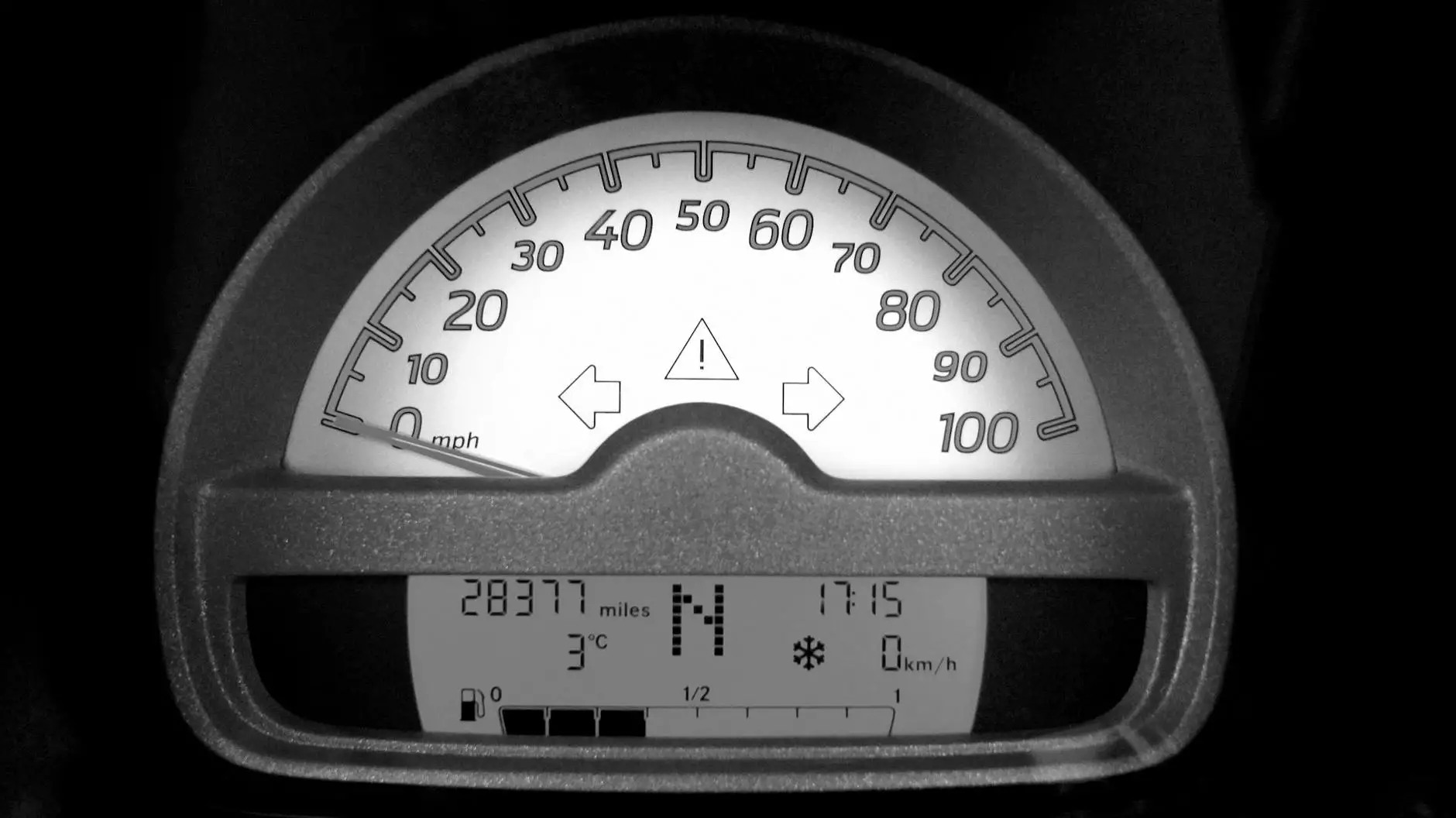How to Claim Mileage: A Comprehensive Guide

Navigating the complexities of expense reimbursement can often feel overwhelming, especially when it comes to understanding how to claim mileage for business purposes. Many individuals and businesses miss out on significant tax deductions simply because they're unaware of the proper procedures. In this extensive guide, we will break down everything you need to know about claiming mileage—ensuring you are equipped to maximize your deductions and optimize your business expenses.
Understanding Mileage Claims
Before diving into the specifics of how to claim mileage, it's crucial to understand what mileage claims are and why they matter. Mileage claims refer to the reimbursement process for costs incurred while using your personal vehicle for business-related activities.
There are multiple scenarios where claiming mileage is relevant, including:
- Business Meetings: Traveling to meet clients or attend business meetings.
- Site Visits: Visiting job sites or project locations.
- Training Sessions: Attending training seminars or workshops.
- Other Business Activities: Any other travel undertaken for business purposes.
Types of Mileage Claims
When claiming mileage, it's important to distinguish between different types of mileage that may apply. There are two primary methods for claiming mileage:
1. Standard Mileage Rate
The standard mileage rate is a per-mile rate set by the IRS (Internal Revenue Service) that you can claim for business miles driven. This rate is periodically adjusted to reflect changes in costs such as fuel and vehicle maintenance.
2. Actual Expense Method
Alternatively, the actual expense method allows you to deduct the actual vehicle expenses incurred for business use. This includes:
- Fuel costs
- Oil changes
- Repairs
- Insurance
- Depreciation or lease payments
- Registration fees
Choosing between these methods depends on various factors, including the distance traveled and total vehicle expenses. It's critical to calculate which method yields the higher deduction to maximize your benefits.
Steps to Claim Mileage Successfully
Step 1: Keep Accurate Records
Maintaining detailed records is essential when claiming mileage. You should keep a mileage log that details:
- The date of each trip
- The purpose of the trip
- The starting and ending odometer readings
- The total miles traveled for each trip
Consider using a mileage tracking app or spreadsheet to make this process easier and more organized.
Step 2: Determine Your Deduction Method
Once you have documented your trips, determine whether you will use the standard mileage rate or the actual expense method for your claim. Review IRS guidelines for the current standard mileage rate and compare it with your total expenses from the actual expense method.
Step 3: Calculate Your Mileage Deduction
To calculate your deductible mileage using the standard mileage rate, multiply the number of business miles driven by the applicable rate. For example, if you drove 1,000 miles for business and the current rate is $0.56 per mile, your deduction would be:
1,000 miles x $0.56 = $560
Step 4: Claiming Your Mileage on Your Tax Return
After calculating your mileage deduction, you must report it correctly on your IRS tax return. If using the standard mileage rate, you’ll find the relevant sections on Form 1040, Schedule C if you're self-employed, or Form 2106 for employees. Ensure you have all records accessible and organized in case of an audit.
Step 5: Stay Informed of IRS Updates
The IRS updates its rules and rates regularly, so staying informed about any changes that may affect how you claim mileage is crucial. Check the IRS website or consult with a tax professional or accountant to ensure compliance and accuracy each tax season.
Common Mistakes to Avoid When Claiming Mileage
While filing mileage claims, many individuals and businesses tend to make common mistakes that can hinder their ability to receive the maximum benefits. Here are some mistakes to avoid:
- Inadequate Records: Failing to keep detailed records can lead to difficulties in justifying your claims.
- Mixing Personal and Business Miles: Be sure to distinguish between personal and business miles clearly in your log.
- Not Understanding The IRS Guidelines: Familiarize yourself with the IRS guidelines to ensure you adhere to the rules.
- Claiming Miles Without Business Purpose: Always ensure trips can be justified for business purposes, as personal travel is not eligible.
Maximizing Your Mileage Claims
To ensure you are getting the most out of your mileage claims, consider the following tips:
- Utilize Technology: Use apps to track your mileage automatically, making it easier to maintain accurate records.
- Consult a Tax Professional: Speak with a tax professional to get personalized advice on your mileage claims and deductions.
- Review All Business Travel: Review every work-related trip to identify potential mileage claims that may have been overlooked.
Conclusion
Claiming mileage can significantly impact your bottom line by reducing your taxable income. By following the proper steps on how to claim mileage, keeping accurate records, and utilizing the right methods, you can optimize your process and maximize deductions.
Always stay informed about the latest tax laws and consider enlisting the help of experts such as those at Tax Accountant IDM. They can provide tailored advice and assistance in navigating your mileage claims effectively.
With the right knowledge and resources, you can ensure that your business travels truly pay off!









